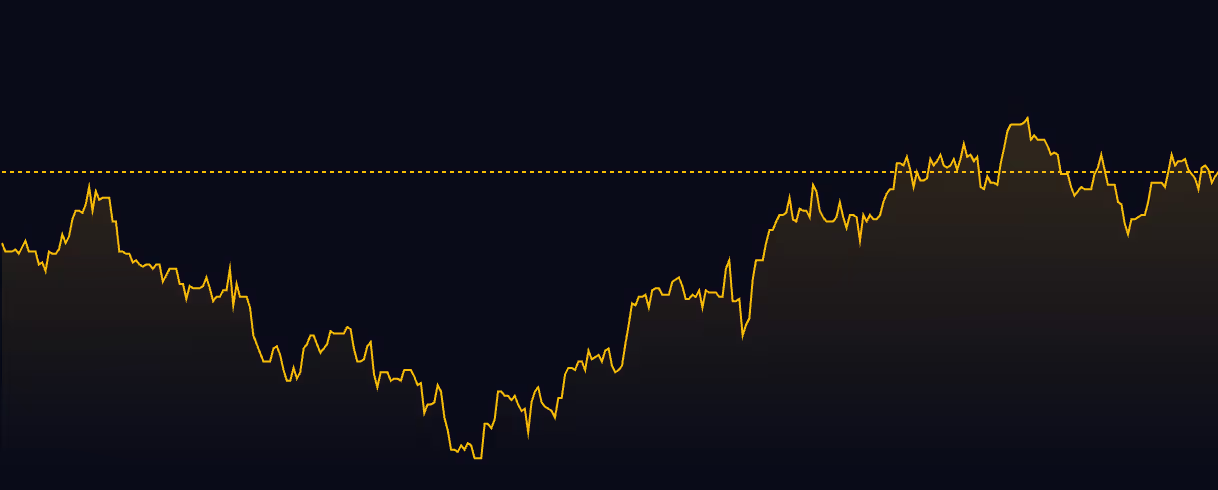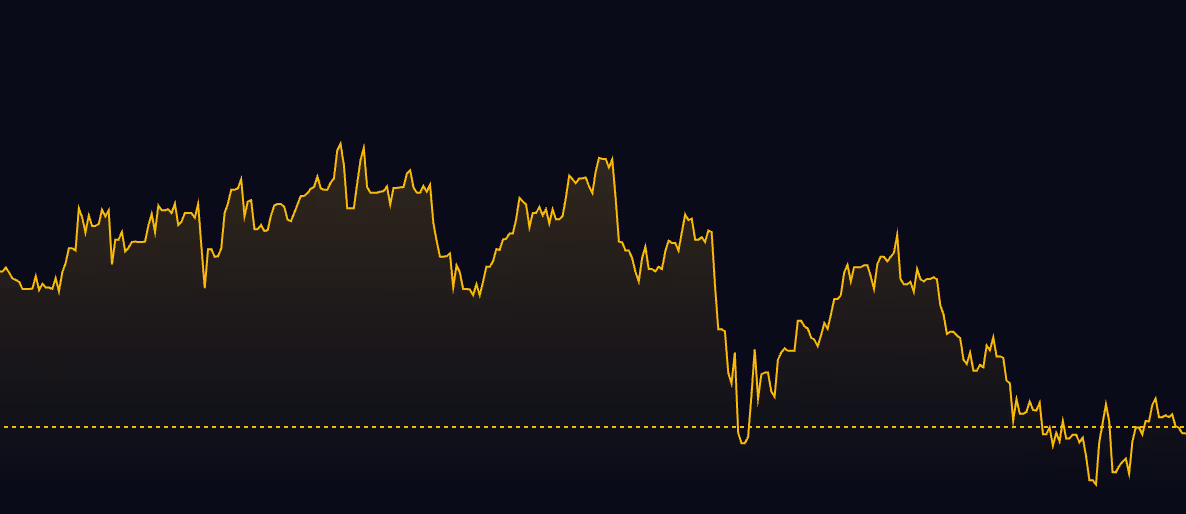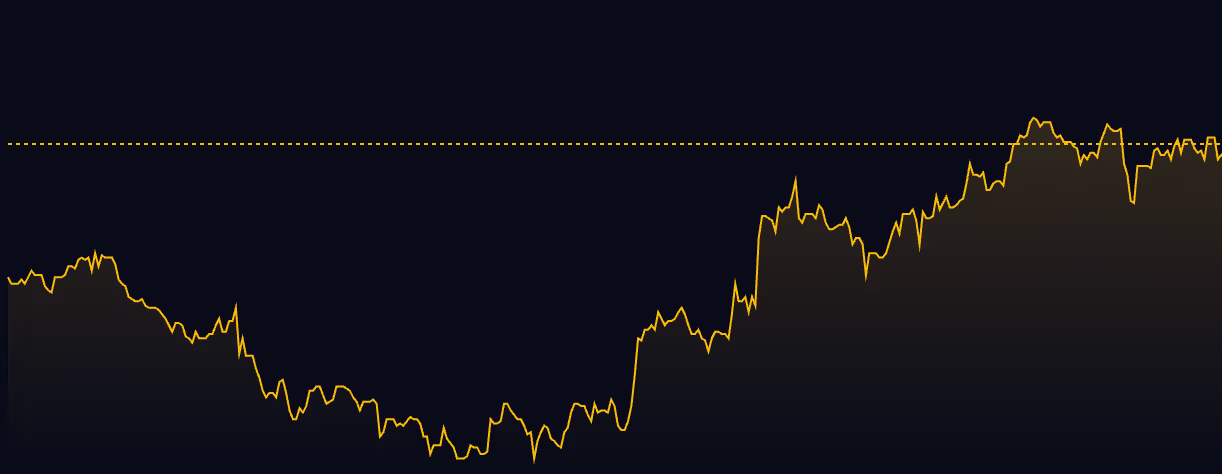When is the next Bank of Japan interest rate decision?
The next Bank of Japan (BoJ) interest rate decision is due on Thursday, October 30, 2025, between approximately 02:45 to 04:00 UTC.
The Bank of Japan (BoJ) announces its interest rate decisions eight times a year during its Monetary Policy Meetings (MPMs), held approximately every six weeks. At each meeting, the BoJ determines whether to raise (rate hike), lower (rate cut), or maintain the current interest rate, with each decision aimed at achieving specific economic objectives, such as controlling inflation, stabilising the yen, or supporting economic growth.
What is the current BoJ interest rate?
As of its most recent meeting ending on July 31, 2025, the Bank of Japan (BoJ) has maintained its short-term policy interest rate at 0.5%, with no changes announced.
What date is the next Bank of Japan rate decision?
The Bank of Japan's next monetary policy meeting and subsequent rate decision are scheduled for September 18–19, 2025.
See below for the full list of the BoJ's scheduled monetary policy meetings for 2025:
- January 23–24
- March 18–19
- April 30 – May 1
- June 16–17
- July 30–31
- September 18–19
- October 29–30
- December 18–19
What time is the Japan interest rate decision?
The Bank of Japan (BoJ) typically announces its monetary policy decisions at the conclusion of its two-day Monetary Policy Meetings (MPMs). While the exact time of these announcements isn't fixed, they generally occur between 11:45–13:00 Japan Standard Time (JST) (02:45–04:00 Coordinated Universal Time (UTC)) on the second day of the meeting.
Please note that these times are approximate and can vary depending on the specifics of each meeting. For the most accurate information, it's advisable to monitor the BoJ's official website.
How often does the BoJ change interest rates?
The Bank of Japan (BoJ) has the ability to change interest rates at any of its scheduled monetary policy meetings, which are typically held eight times per year (approximately every six weeks).
However, the BoJ changes interest rates infrequently compared to other major central banks like the Federal Reserve (Fed) or the European Central Bank (ECB). Historically, the BoJ has kept rates ultra-low or negative for decades due to persistent deflation and sluggish economic growth–when the BoJ raised the rate from 0.25% to 0.50% on January 24, 2025, it marked the highest level in 17 years.
Read more about the Fed and the ECB's interest rate decisions here:
Will the Bank of Japan raise interest rates?
The Bank of Japan (BoJ) left its policy rate unchanged at 0.5% on July 31, 2025. In short, the BoJ has left rates steady for now, but markets expect a gradual return to tighter policy (likely starting in autumn 2025 or early 2026) if economic conditions remain favourable:
- Market sentiment: A majority of economists in a July poll expect the BoJ to lift rates by at least 25 basis points by year-end, with a first hike most likely as early as October or January 2026.
- Board signals: At least one board member has advocated resuming rate hikes soon given signs of durable inflation and wage pressure, calling the policy pause temporary.
- BoJ outlook: While the BoJ raised its inflation forecast for FY2025 to 2.7%, underlying inflation remains below target. Governor Ueda noted rate hikes depend on whether inflation continues moving toward the 2% goal—but risks from global trade and food costs still cloud the timeline.
What time is the BoJ meeting released?
The Bank of Japan (BoJ) typically announces its interest rate decisions at the conclusion of its Monetary Policy Meetings. While the exact time of the announcement(s) are often not officially specified, such decisions are often released in the late morning or early afternoon, Japan Standard Time (JST). This would correspond to the early hours of the same day in Coordinated Universal Time (UTC), given the time difference.
However, the BoJ releases its Monetary Policy Meeting (MPM) Minutes, Outlook Report, and Summary of Opinions at specific times following their meetings:
- Outlook Report: "The Bank's View" section is published immediately after the relevant MPM (with the full text available the next business day at 14:00 JST).
- Summary of Opinions: Released at 08:50 JST (approximately six business days after the MPM).
- MPM Minutes: Released at 08:50 JST (typically about two months after the corresponding meeting).
Bank of Japan release schedule 2025
What is the Bank of Japan forecast?
On July 31, 2025, the Bank of Japan (BoJ) held its policy rate steady at 0.5%, reaffirming its cautious approach to monetary tightening amid persistent inflation and ongoing global uncertainty.
- Inflation Outlook: The BoJ raised its core consumer inflation forecast for fiscal 2025 to 2.7%, up from 2.2% projected in April, and expects inflation to ease to around 1.8% in FY2026 and reach about 2% in FY2027, with underlying inflation gradually accelerating as wage pressures increase—particularly in the latter half of the projection period.
- Growth and Trade Risks: The BoJ downgraded its growth outlook reflecting concerns such as U.S. tariff uncertainties, global economic softness, rising energy and food prices, and yen depreciation, while forecasting a moderate recovery once those headwinds ease.
- Policy Path Guidance: Governor Kazuo Ueda emphasised a flexible, data‑driven approach, stating that rate hikes will depend on whether underlying inflation is likely to sustainably reach the 2% target—no longer requiring it to be firmly at that level before acting—and reiterated that risks from trade and supply factors remain key uncertainties.
What is the effect when the Bank of Japan cuts interest rates?
When the Bank of Japan cuts interest rates, it weakens the yen, boosts exports, and encourages spending and investment, which can drive inflation and stock market gains. However, it also pressures banks, lowers savings returns, and may create asset bubbles, particularly in real estate.
What happens when the BoJ increases interest rates?
When the Bank of Japan (BoJ) increases interest rates, borrowing becomes more expensive, which slows consumer spending and business investment, helping to control inflation. However, it can also strengthen the yen, making exports less competitive, while pressuring stocks, real estate, and corporate profits due to higher financing costs.
This publication is intended for general information purposes only and should not be construed as financial, legal, tax, or other professional advice from Equals Money PLC or its subsidiaries and affiliates.
It is recommended to seek advice from a financial advisor, expert, or other professional. We do not make any representations, warranties, or guarantees, whether expressed or implied, regarding the accuracy, or completeness of the content in the publication.




















